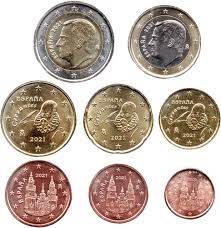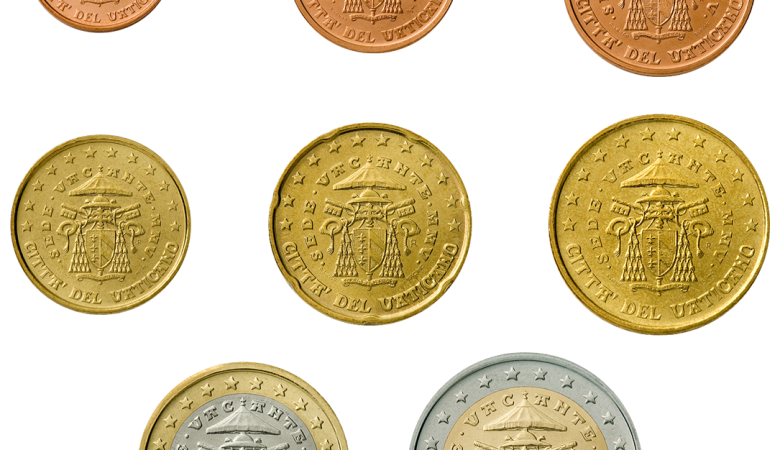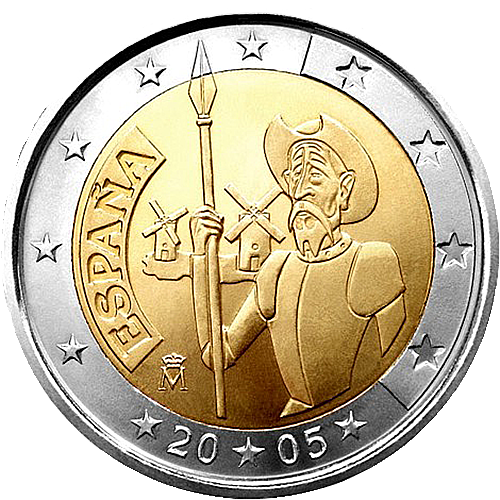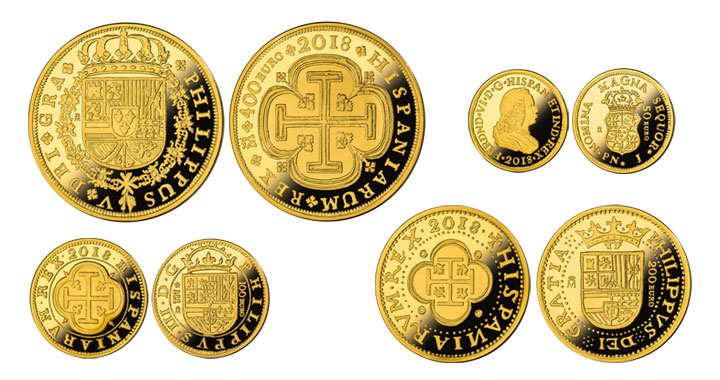Introduction:
For ages, coins have been an essential component of human society, acting as a means of trade, a window into societal and political changes, and a physical link to the past. Spain has an intriguing two-thousand-year-old numismatic legacy due to its rich history and different civilizations. This article will examine Spanish coins, looking at their historical relevance, progression in design, and narratives.
I. Ancient Beginnings
The pre-Roman period, when the Iberian Peninsula was home to several different civilizations, is where the history of Spanish money begins. Coin-like artifacts were used in the region as early as by traders who were Phoenician, Greek, and Carthaginian. These archaic money, which were frequently fashioned from priceless metals like copper and silver, were used for both commerce and wealth display.
Roman Rule and the Introduction of Denarii:
The Iberian Peninsula was an essential component of the Roman Empire after the Romans conquered Hispania in the second century BC. As a result, there was a standardization of coinage, and the denarius, a silver coin, became the main form of payment. Spanish mints started creating denarii that included unique regional inscriptions and designs that highlighted the historical and cultural relevance of the area.
II. The Visigothic Period
The Visigoths consolidated their dominance in Hispania when the Roman Empire fell. Because there was no currency during this time (5th to 8th century AD), barter was the primary method of trade. Nonetheless, a few gold and silver coins featuring Christian iconography and Visigothic rulers did circulate, offering some insight into the changing religious and political climate in the area.
III. Islamic Spain and the Golden Age of Al-Andalus
The Umayyad Caliphate expanded its dominance over the majority of the Iberian Peninsula at the beginning of the eighth century, establishing Al-Andalus as a Muslim-ruled region. The elaborate calligraphy and geometric designs of Spanish Islamic coins, sometimes referred to as dirhams and dinars, showcased the period’s creative and intellectual accomplishments. Al-Andalus developed as a hub of scholarship, trade, and cross-cultural interaction, and the prosperity of its economy was greatly influenced by its coinage.
IV. The Reconquista and the Emergence of Christian Coinage
Christian kingdoms were established as a result of the centuries-long Reconquista, an attempt by Christians to free the Iberian Peninsula from Muslim domination. Every one of these areas started producing its own coinage, which frequently reflected the customs and religious beliefs of the area. For example, in the late medieval era, the Kingdom of Castile created maravedís, a denomination that became synonymous with Spanish money.
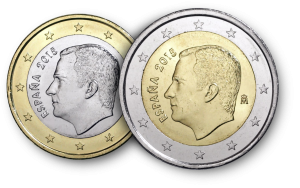
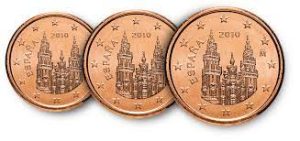
V. The Spanish Empire: An Age of Global Dominance
With the advent of the New World and the era of exploration, the late 15th century heralded in a new era for Spanish coinage. Precious metals could be found in abundance in Spain’s extensive overseas holdings, which included Peru and Mexico. Due to its affiliation with pirates and privateers and their unique Pillars of Hercules design, the well-known “pieces of eight,” or Spanish dollars, gained widespread recognition as a medium of exchange.
VI. The Influence of Spanish Colonial Coinage
To ease trade within the empire, Spanish colonial mints, such as the one in Mexico City, produced a wide variety of currency denominations. In addition to being used in Spain, escudos, reales, and pieces of eight were also in circulation worldwide. The emergence of a global economy and the growth of international trade networks were greatly aided by these coins.
VII. The Golden Age of Spanish Art on Coins
Art and culture flourished during the 16th and 17th centuries, known as the Spanish Golden Age. This was mirrored in the coinage as well, which included exquisitely crafted pieces with religious themes, fine workmanship, and images of Spanish rulers. Coins evolved from a tool for trade to a representation of the splendor and creative accomplishments of the time.
VIII. The Modern Era
With the adoption of decimal money systems and the production of coins featuring the likenesses of several Spanish kings, the 19th century witnessed a great deal of change in Spanish coinage. The volatile political history of the 20th century was reflected in the country’s coinage, which was significantly impacted by the Spanish Civil War and the Franco administration.
IX. The Euro and Contemporary Coinage
Spain gave up using the peseta and switched to the Euro as its official currency in 2002. Similar to coins from other Eurozone nations, the Euro coins have national insignia on one side and common European themes on the other. Spain’s move to the Euro represents its dedication to maintaining aspects of its own past while promoting European unity.
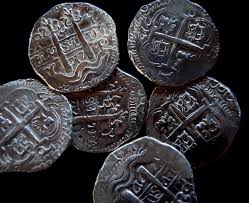
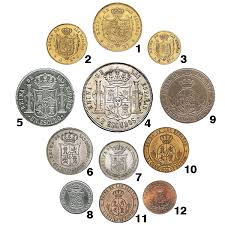
Conclusion:
Spain’s coins provide an engrossing account of the country’s development from its prehistoric beginnings to its standing as a major world power and its current identity within the European Union. These little metal objects, each with its own distinctive pattern and background information, provide as concrete reminders of Spain’s history. They provide light on the artistic, political, cultural, and economic facets of the lengthy history of the nation. Spain’s coins continue to serve as a reminder of the amazing country’s lasting history as it develops and prospers in the twenty-first century.

